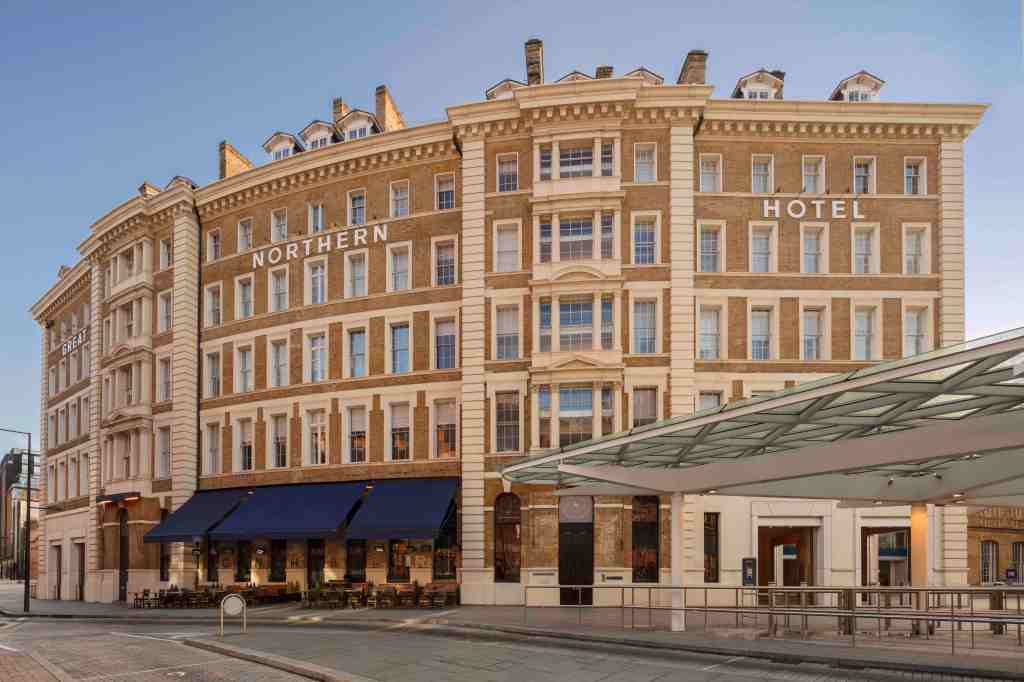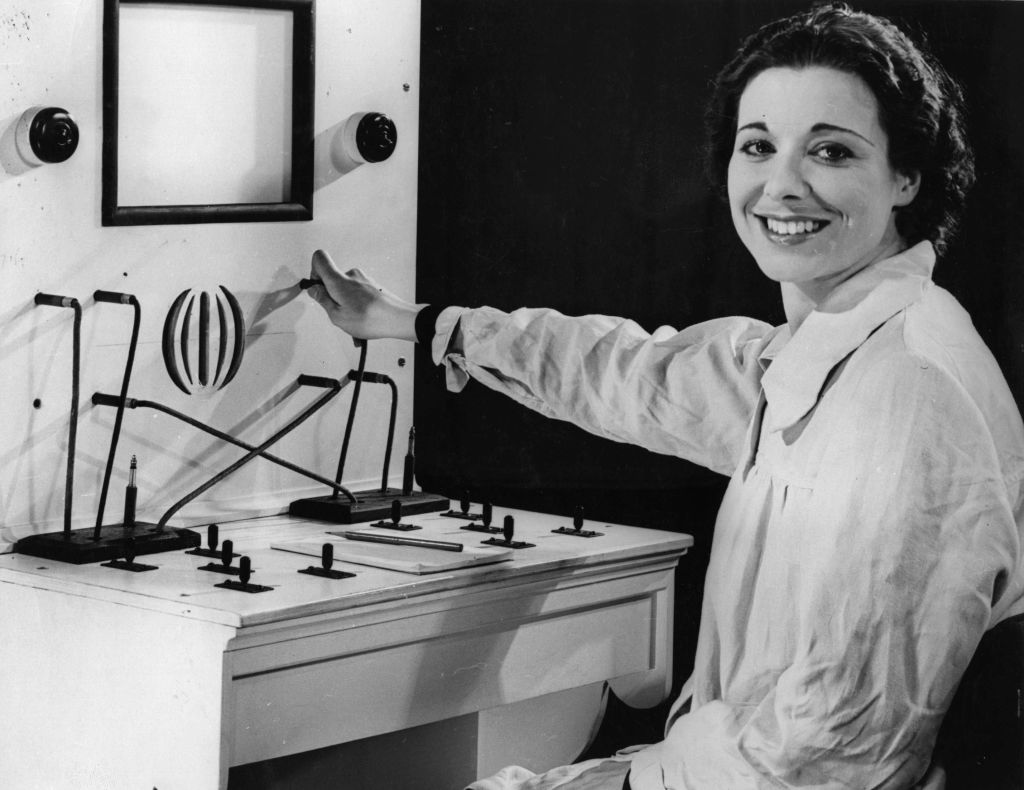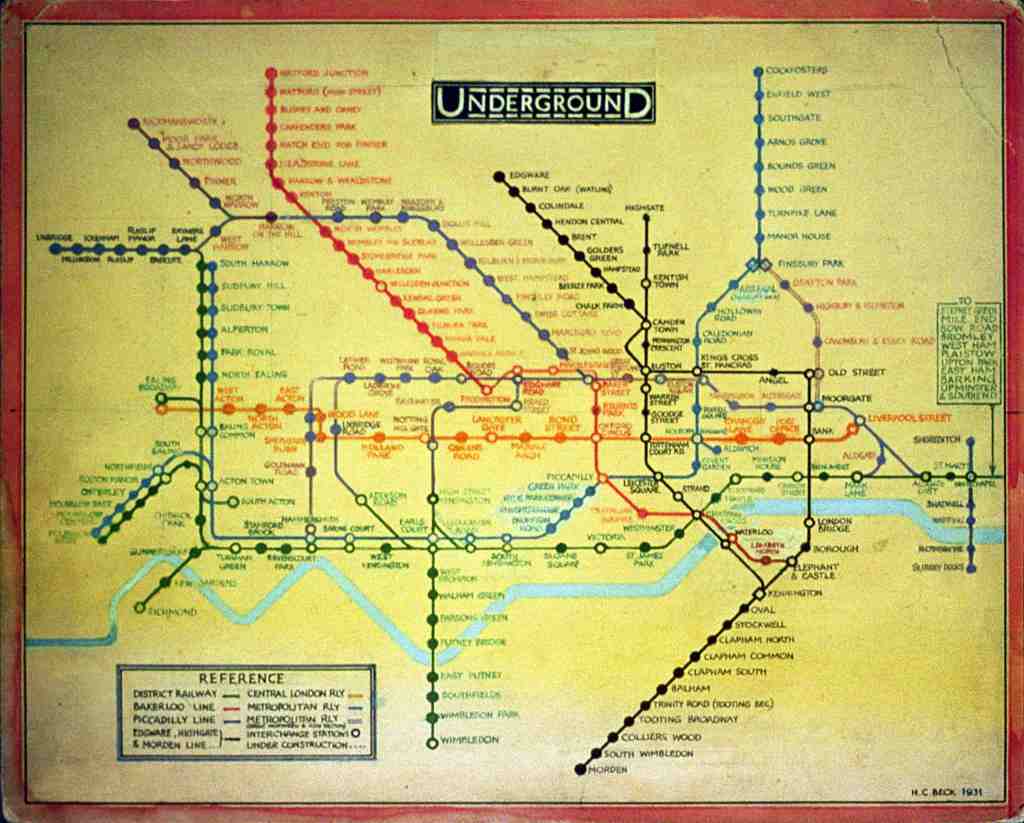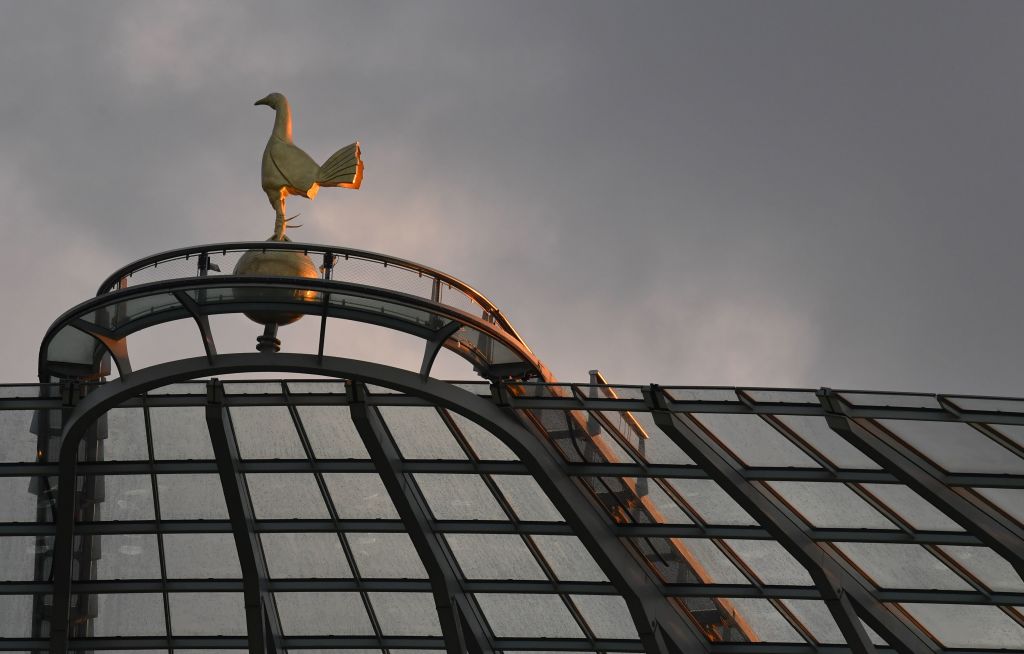How Rod Stewart kept his hair in place, why the BBC gave its presenters electric shocks and what Paul Gascoigne shot with an air rifle: this month’s London postcode area is N – buckle up for another trivia-packed tour…
- The first run that cabbies have to learn for the Knowledge is Manor House Tube station to Gibson Square. Their task, as with any journey, is to take the most direct route possible – this is called being ‘on the cotton’, because the route will follow the straight line mapped by an imaginary piece of thread stretched between the two points on the map.
- The Great Northern Hotel at King’s Cross gets its unusual shape from the River Fleet. The road there was curved because it followed the river (which is now underground), so when the Great Northern was constructed (1854 – London’s first station hotel) the building followed the road. Soundproofing between floors was achieved by filling the gaps with clinker (a waste product that results from burning coal). The hotel’s restaurant is called Rails, for obvious reasons, having previously been Plum and Spilt Milk (the colours of the Flying Scotsman). Originally each floor had only one bathroom, at the end of the corridor. Now that rooms are en suite, those corridor spaces have been converted to kitchens where guests can get extra milk, teabags and – most excitingly – complimentary Tunnock’s teacakes.

- The young Rod Stewart, who lived in Highgate, would style his hair using water mixed with sugar, and then blow-dry it. He has said: ‘Picture me if you will, carefully dressed and styled for the night, accompanied by my mates, standing down in Archway station as the train thunders in – and all of us cowering into the wall, with our arms up over our heads, trying to protect our bouffs from getting toppled by the wind.’
- King’s Cross takes its name from a monument to George IV, which stood at the ‘king’s crossroads’ where the Euston Road (then the New Road) meets Gray’s Inn Road and Pentonville Road. The 60ft column, topped by an 11ft statue of the king, was ridiculed by the public, and demolished in 1845, having stood for just 15 years.
- The US talk show host Jerry Springer was born in Highgate Tube station, where his mother was sheltering from a German bombing raid in 1944. (For years Springer thought it was East Finchley, until someone pointed out that that station is above ground.)
- When the BBC started its TV service from Alexandra Palace in 1936, the director of television, Gerald Cock, insisted on breaks between programmes to avoid viewers getting eye-strain. One of his early presenters, Joan Miller, was cued in by the studio director delivering mild electric shocks through wires attached to her ankles.

- The Holloway Road got its name from the cattle that would hollow it out as they made their way to Smithfield Market. (Similarly Shepherd’s Bush was the last place that sheep being driven to the market from the west would rest overnight.)
- The character Hotblack Desiato in The Restaurant at the End of the Universe (the sequel novel to The Hitchhiker’s Guide to the Galaxy) was named after an Islington estate agency. Douglas Adams, who lived in the area, was struggling for a name when he saw one of the agency’s boards. He phoned to ask if they’d mind him using it – Geoff Hotblack himself answered and said he didn’t mind at all. For years afterwards people would ask him how he had the nerve to steal his firm’s name from a Douglas Adams novel.
- Finchley resident Harry Beck, father of the modern London Underground map, got the idea for the design classic because he had trained as an electrical engineer. Circuit diagrams don’t need to show the components’ actual locations, just where they are in relation to each other. Beck realised that the Tube map could work on the same principle.

- Arsenal hold the record for the shortest distance travelled to win the FA Cup (in the era after the final moved to Wembley). All of their 1949-50 matches, up to and including the quarter-final, were at home. Their semi-final was played at White Hart Lane, the final at Wembley.
- Talking of White Hart Lane – the stadium’s new incarnation features a scaled-up replica (at 4.5 metres it’s nearly twice the height) of the metal cockerel that sat atop the old Spurs ground. Even the dents have been replicated – including several inflicted by Paul Gascoigne with an air rifle during his time at the club.

- When all-conquering Manchester United were 3-0 down by half-time at White Hart Lane in 2001, a Spurs fan decided to add some financial gain to his sporting joy. Tottenham’s odds to complete the victory were by then an unsurprisingly stingy 16-1 on, so the fan bet £10,000 to win just £625. Manchester United won the match 5-3.
- Bob Hoskins, who is buried in Highgate Cemetery, used to describe himself as ‘five-foot-six cubic’.






Comments